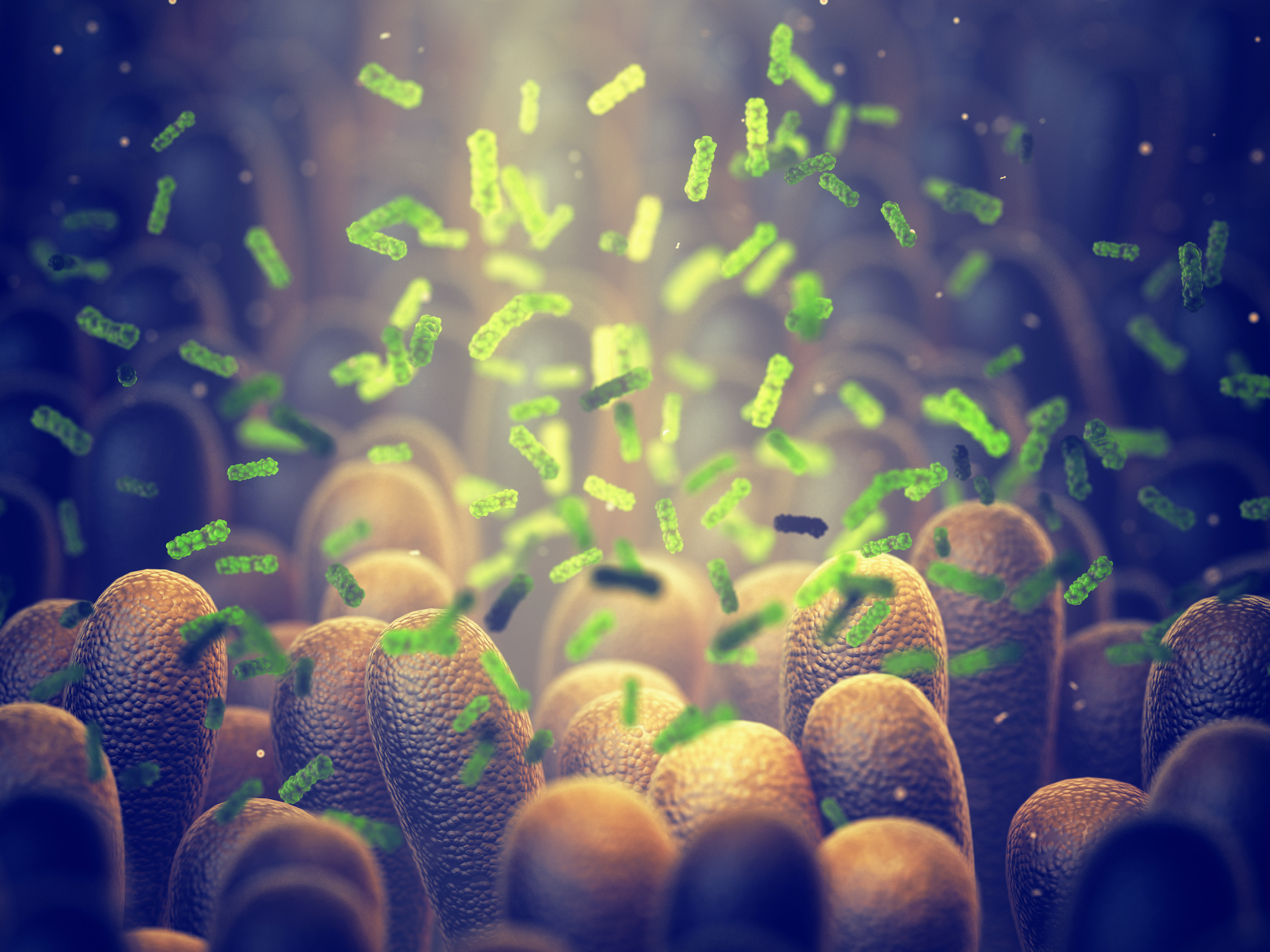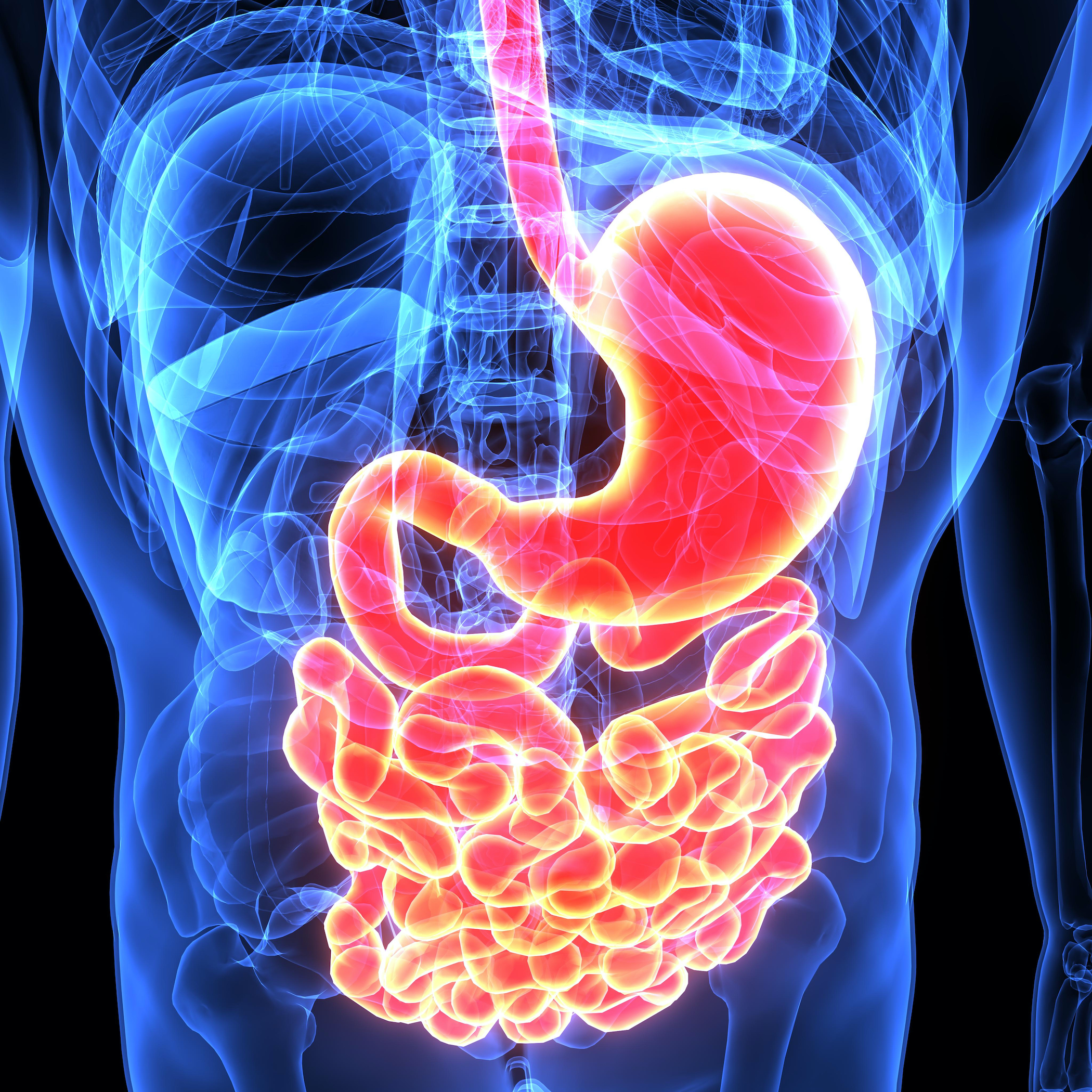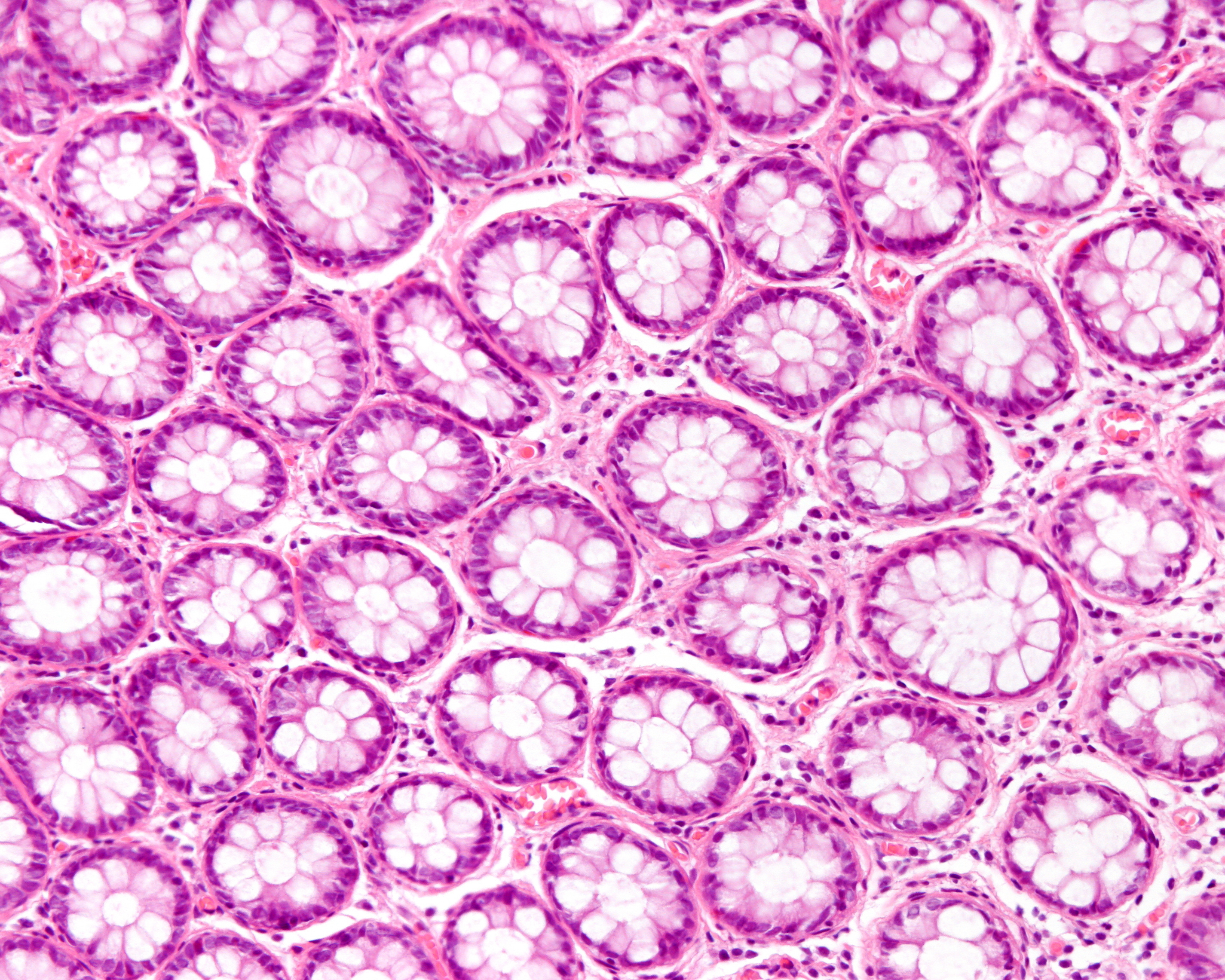We tend to think of us humans and animals as static. So once we are made, we do not change. But that is clearly not the case. During a lifetime, there are all sorts of adaptations, ranging from reproduction to nutritional challenges and adjustments to new environments, and that requires very active regulation of what goes on inside us. But even when we’re not changing – or when we’re not aware that we are changing – our body is going to all sorts of extremes to maintain that balance.
For example, we’re very interested in the gastrointestinal tract, in the digestive system. We might think that once we’ve made that organ, that’s it. This is our digestive system. But the lining of the gastrointestinal system is constantly being replenished; it’s constantly facing challenges from the food that we eat and the microbes that live within us. This means that the cells that are there are never the same cells. Within two weeks, they’ve changed; they’re different cells. Yet we need to keep that organ the way it was, or keep it behaving the same way. That is a challenge for the body. Different organs within the body are constantly communicating to achieve that kind of balance – what we call homeostasis.


